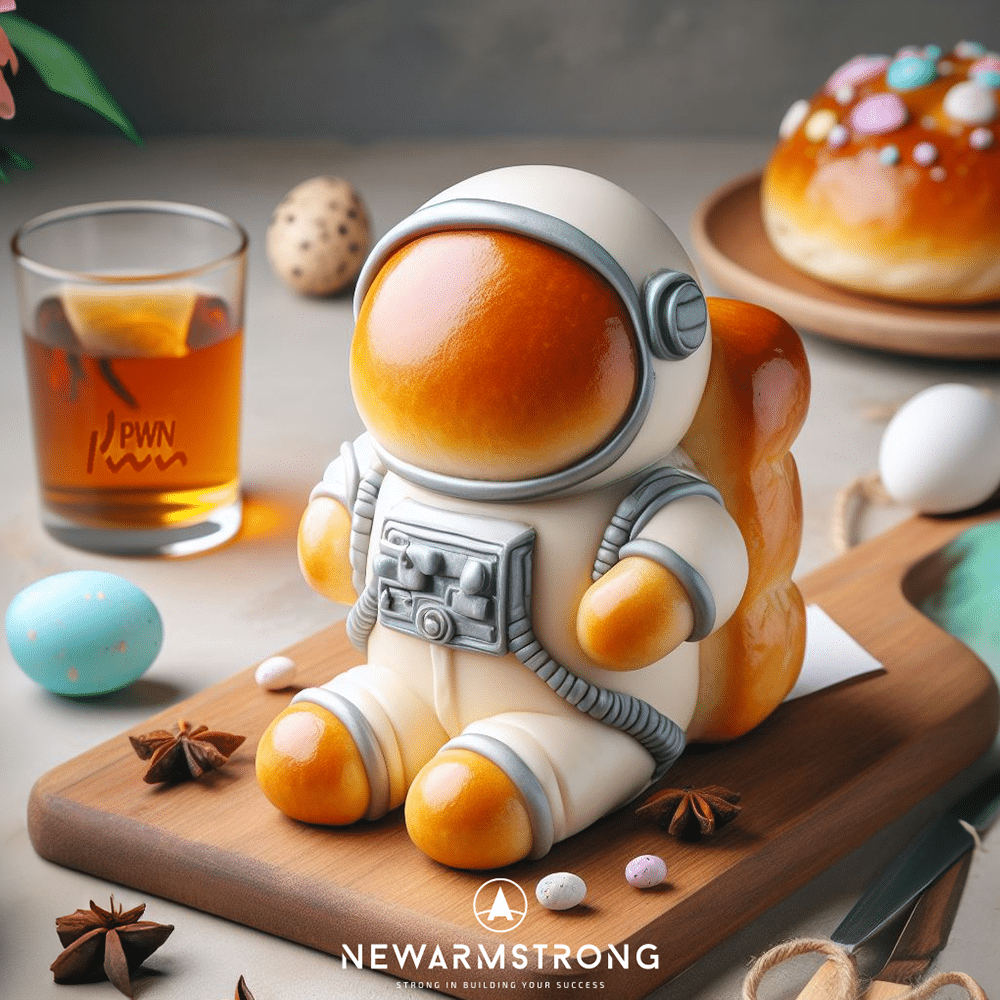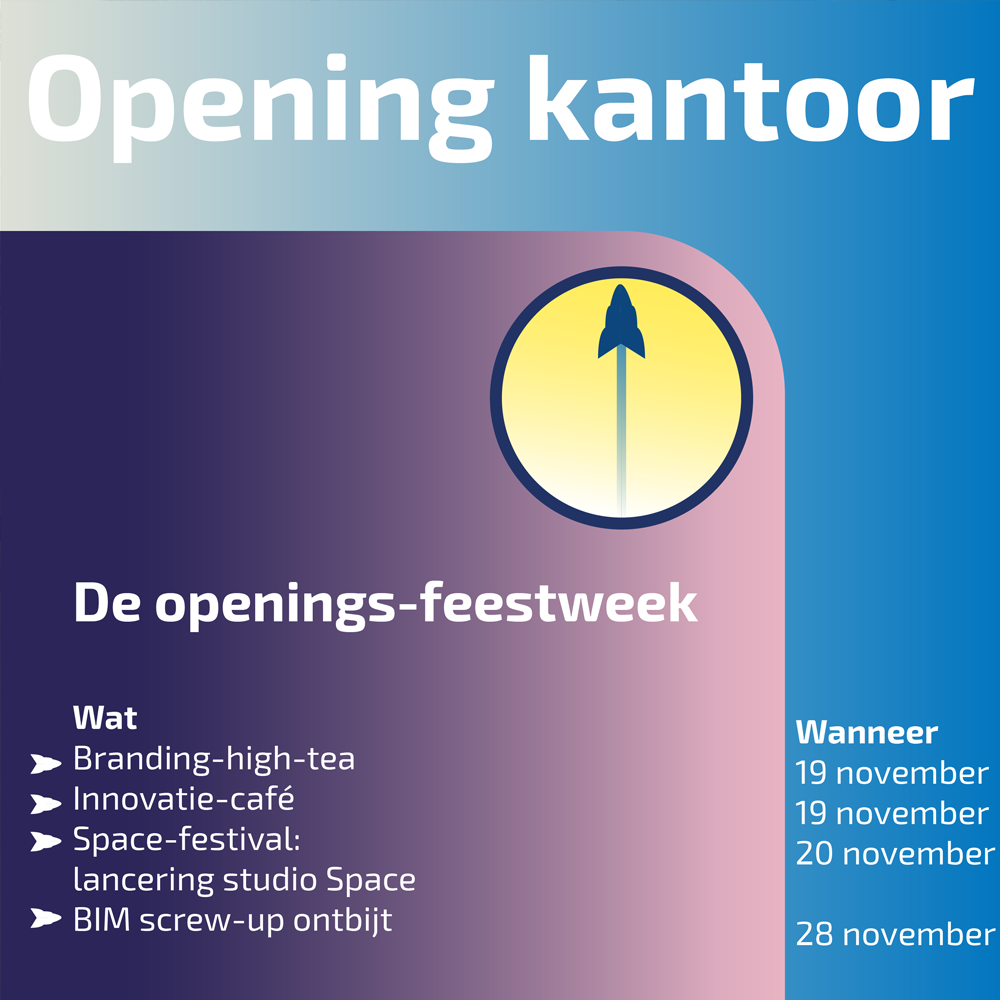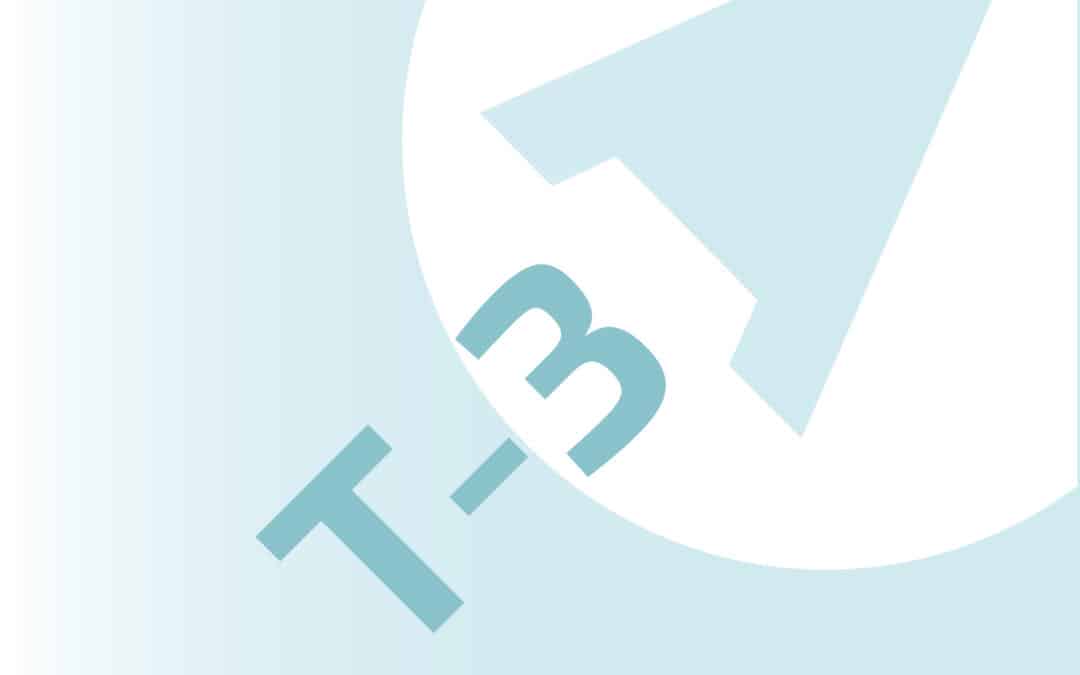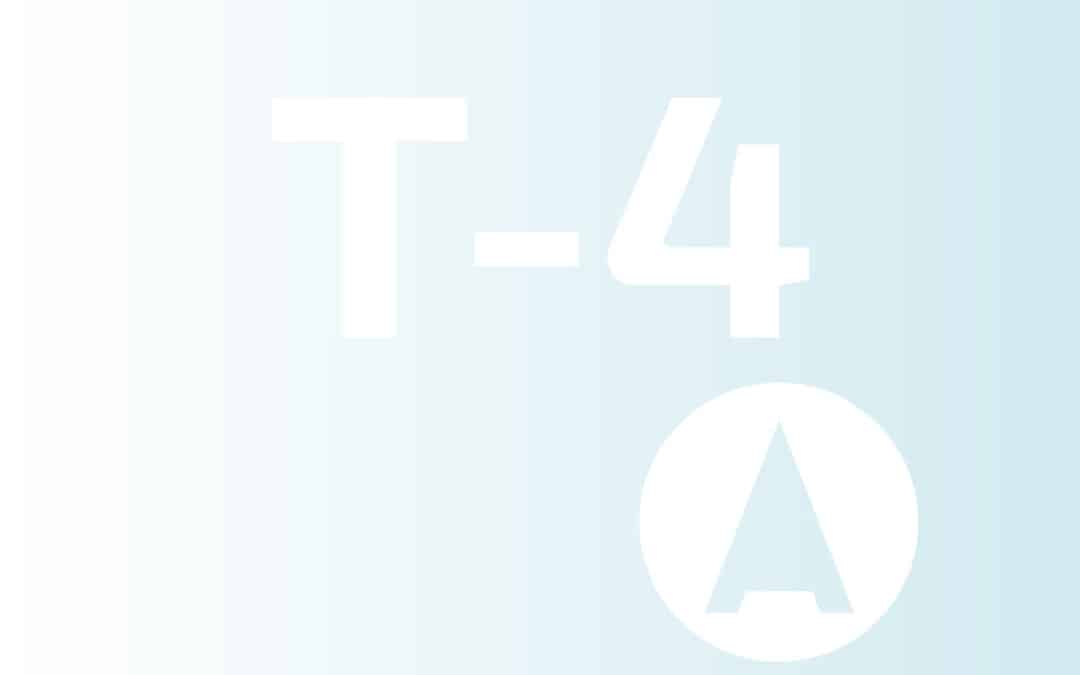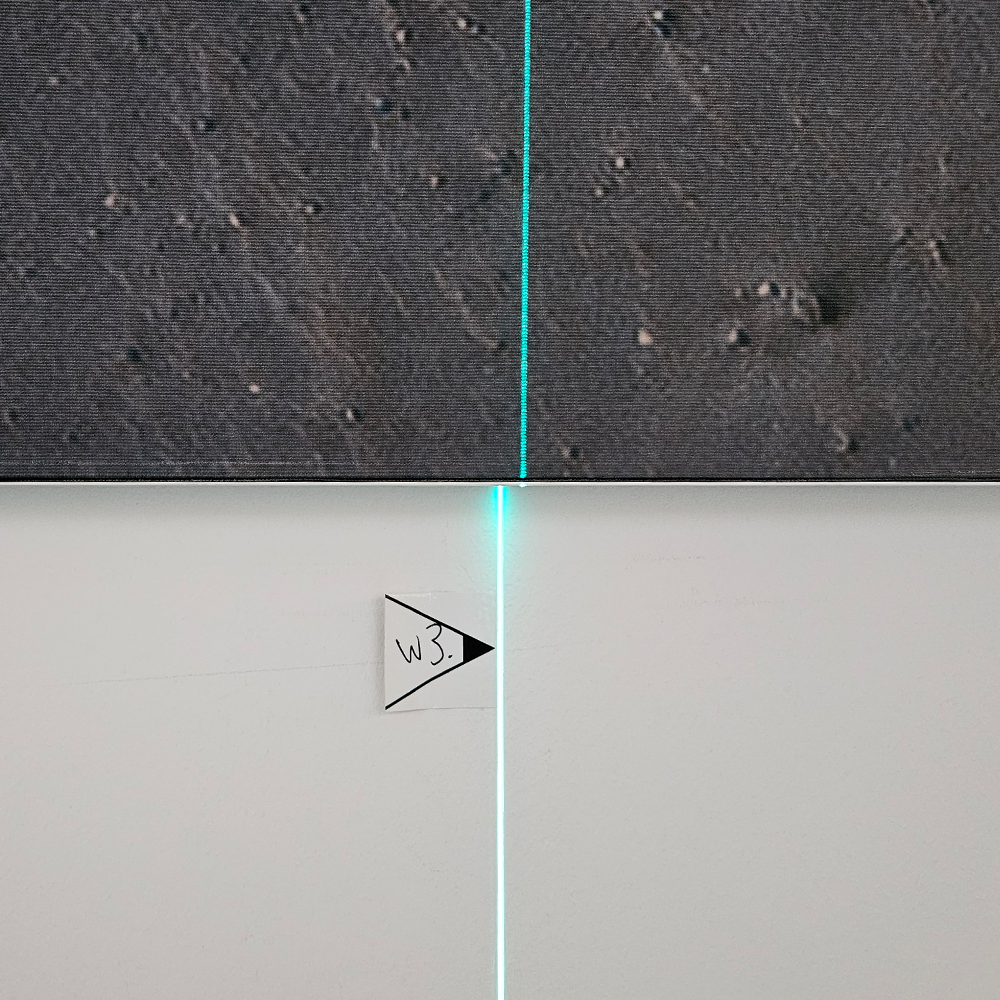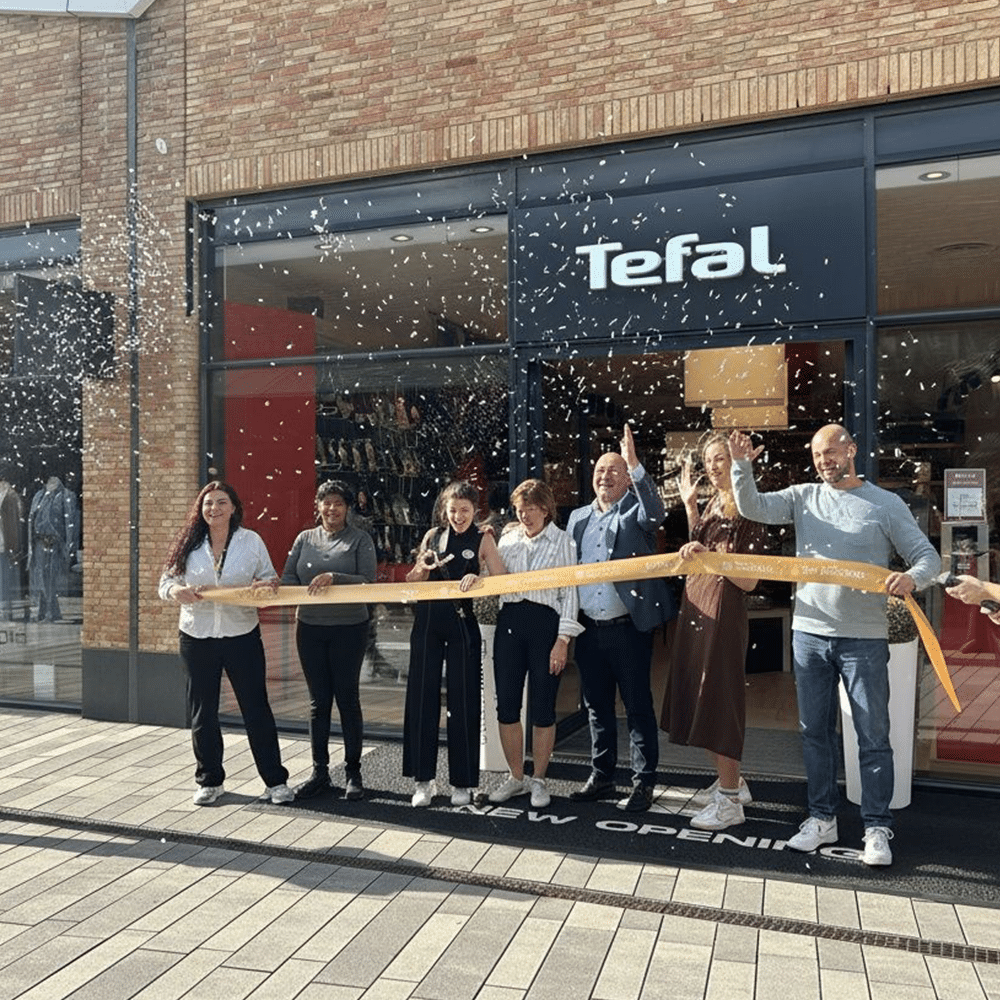Easter: why do we buy what we buy?
NewArmstrong wishes everyone happy Easter! Easter is a Christian festival that celebrates the resurrection of Jesus Christ. But it has also won a place in the commercial calendar of the Netherlands. Besides Christmas, it is the most important holiday weekend. In fact, from 2020 (thanks to Corona) a significant spike in spending around Easter can be seen with more than 50 billion in sales in 2023, up 7.6 percent from 2022.
That spending pattern has evolved interestingly over the years in Dutch supermarkets.
Our behavior during Easter and what we buy has changed a lot in this time: let’s look back at what we used to buy and what we buy now. Many products have traditionally had symbolic meanings that have sometimes already faded into the background. The eggs, for example, refer to the spring when chickens start laying again after the winter break. Previously on farms a very clear marker of new life, a new summer, but not so recognizable today.
The history of Easter in Dutch supermarkets
Easter Eggs and Chocolate Bunnies
Early days:In the 1930s, the Verkade company introduced the chocolate Easter egg to the Netherlands. These soon became loved by the Dutch people.
Now: Easter eggs are unmissable on supermarket shelves. They come in all sorts of flavors and colors, from milk chocolate to filled with praline or sea salt caramel.
Easter Bread and Stollen
Early days: Traditional Easter bread, also known as “stollen,” was a favorite during the Easter season. This sweet bread with raisins and almond paste was often home-baked or bought from the bakery.
Now: Although Easter bread is still popular, there are now varieties with other fillings, such as cranberries or chocolate. Supermarkets offer ready-made clots for consumer convenience.
Eggs
Previously: Eggs played an important role in Easter celebrations. They were decorated, cooked and hidden for the children to find.
Now: In addition to real eggs, there are now chocolate eggs and plastic eggs with surprises inside. Supermarkets sell complete Easter egg paint kits for creative decoration.
Lamb
Previously: Lamb was a traditional Easter dish. It symbolized the innocence of Jesus.
Now: Although lamb is still eaten, there are now more alternatives, such as vegetarian options or other meats.
Easter Decorations
Early days: Homemade Easter decorations, such as branches with colored eggs, were common.
Now: Supermarkets offer ready-made Easter decorations, such as Easter branches and table decorations.
Easter Advertisements and Luxury Products
Previously: Supermarkets traditionally packed out luxury products and special recipes for Easter.
Now: there has been a greater emphasis on convenience on the one hand, on the other hand a lot of marketing ( magazines, recipe books) focused on home cooking and cooking together. The definition of luxury has also slowly changed: an Easter bread used to be a paragon of luxury, now the “sticky-apple-pickle bread” is also an option. The changed definition of luxury is a good basis for a subsequent article.
In short, the history of Easter in Dutch supermarkets reflects both tradition and change. While some products remain timeless, supermarkets are adapting to modern times with new assortments and convenience options.


